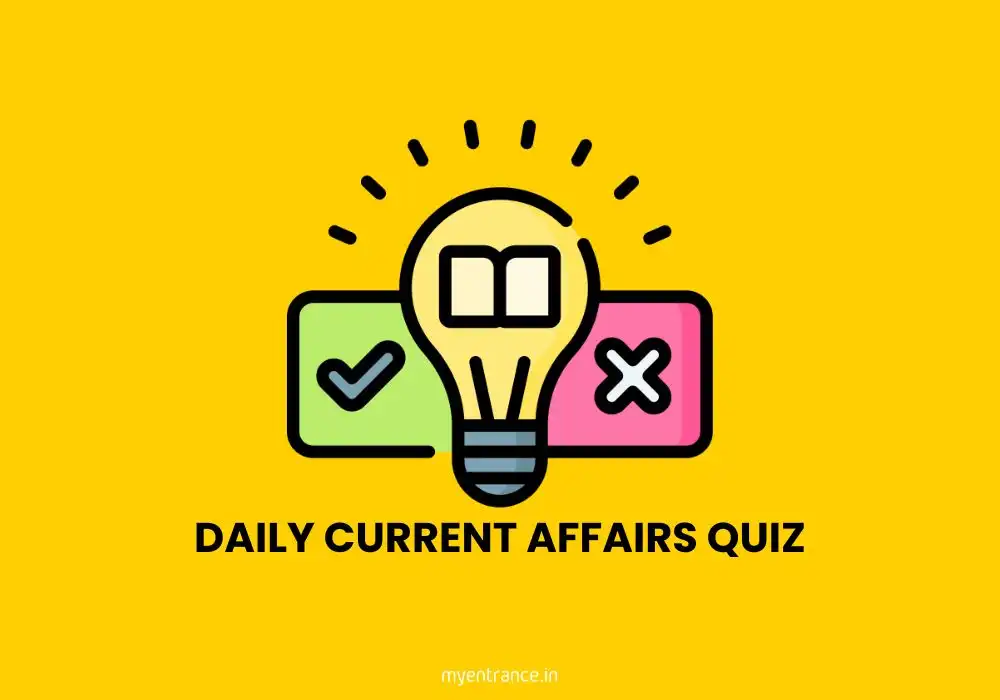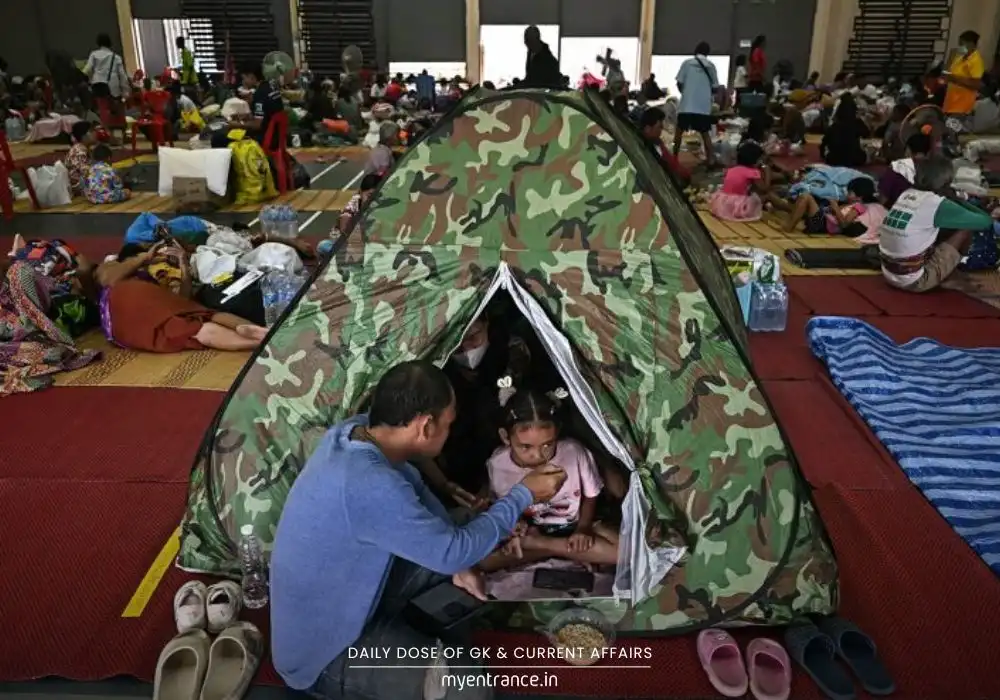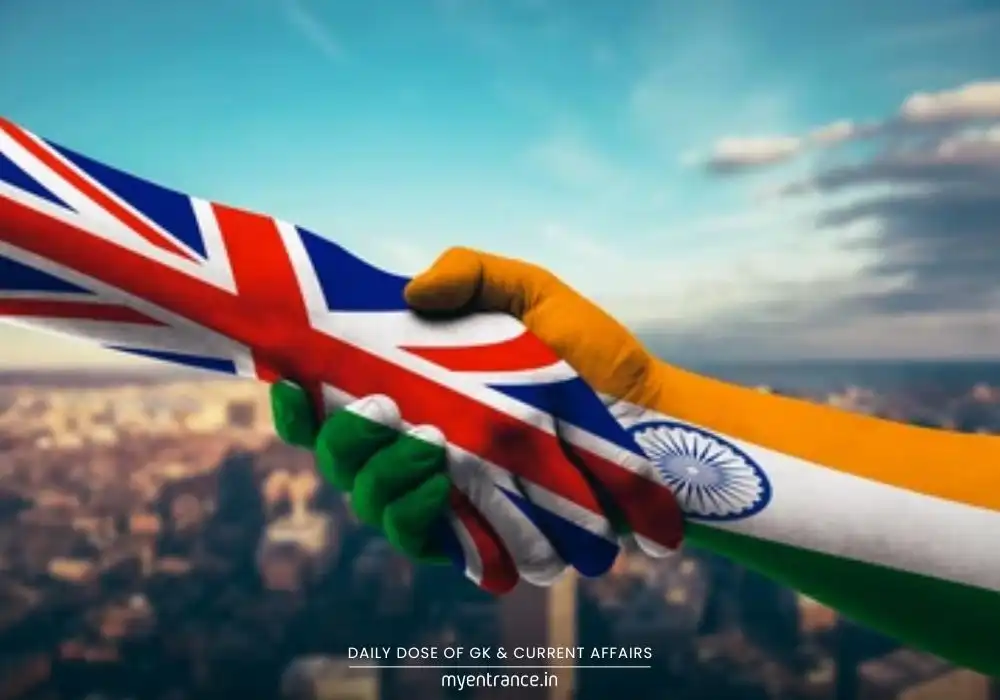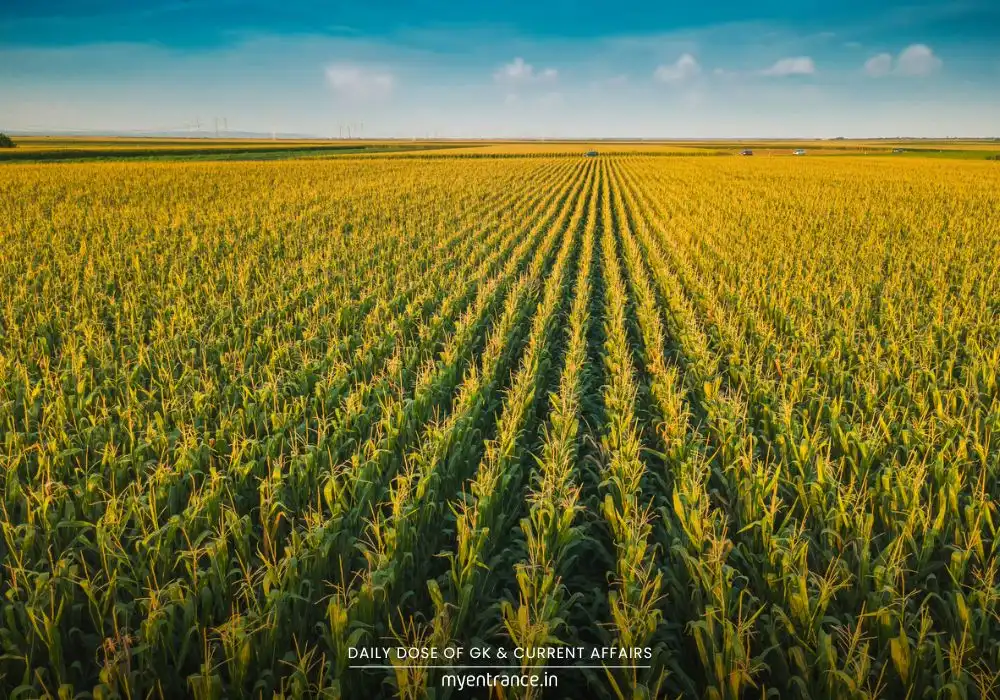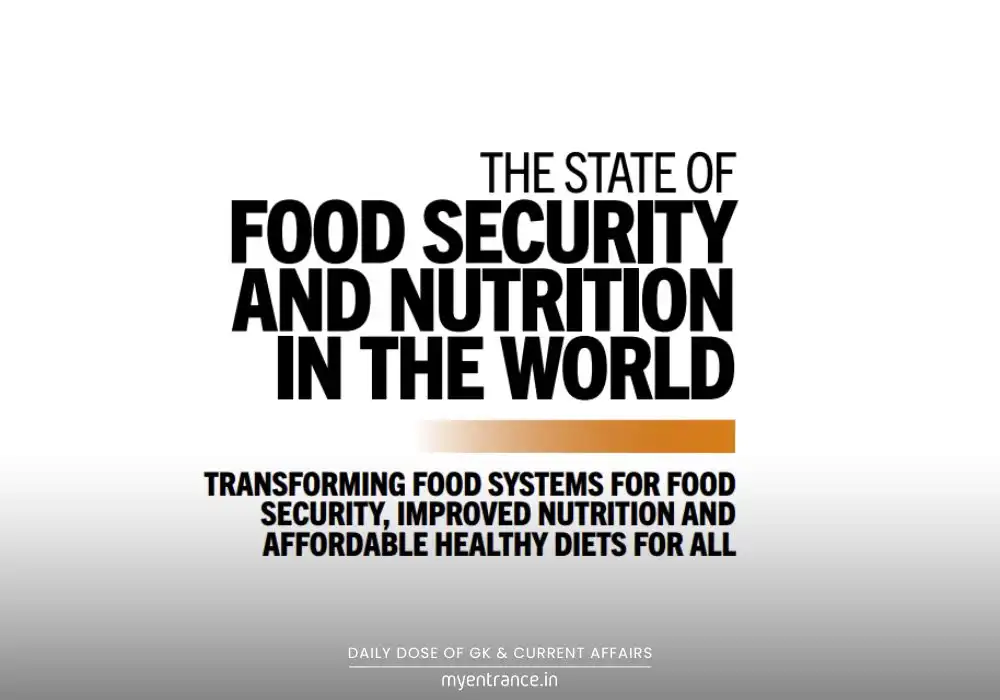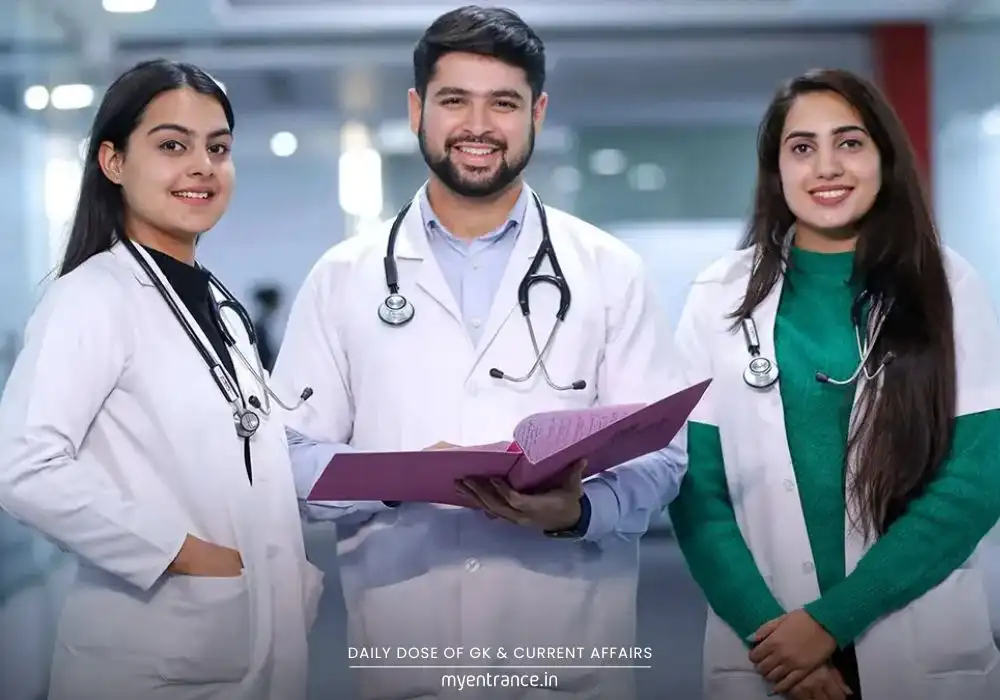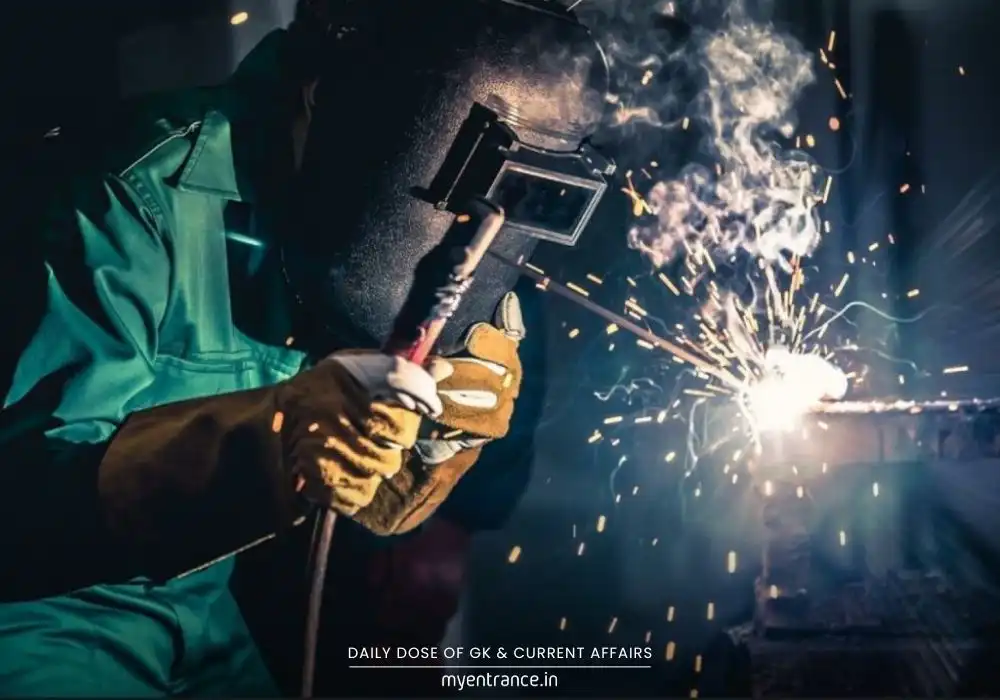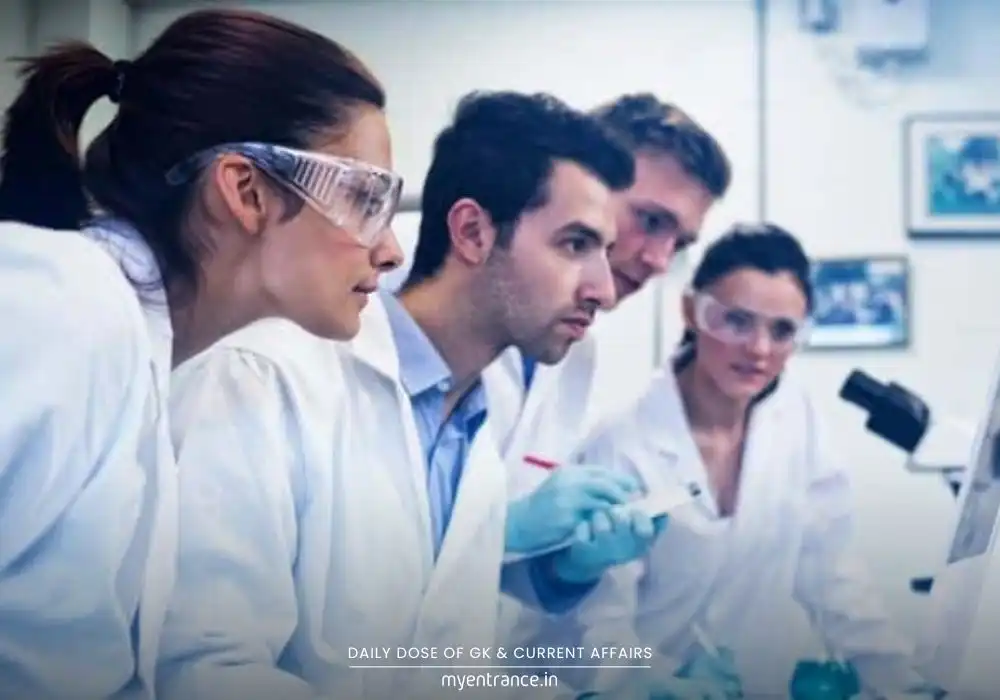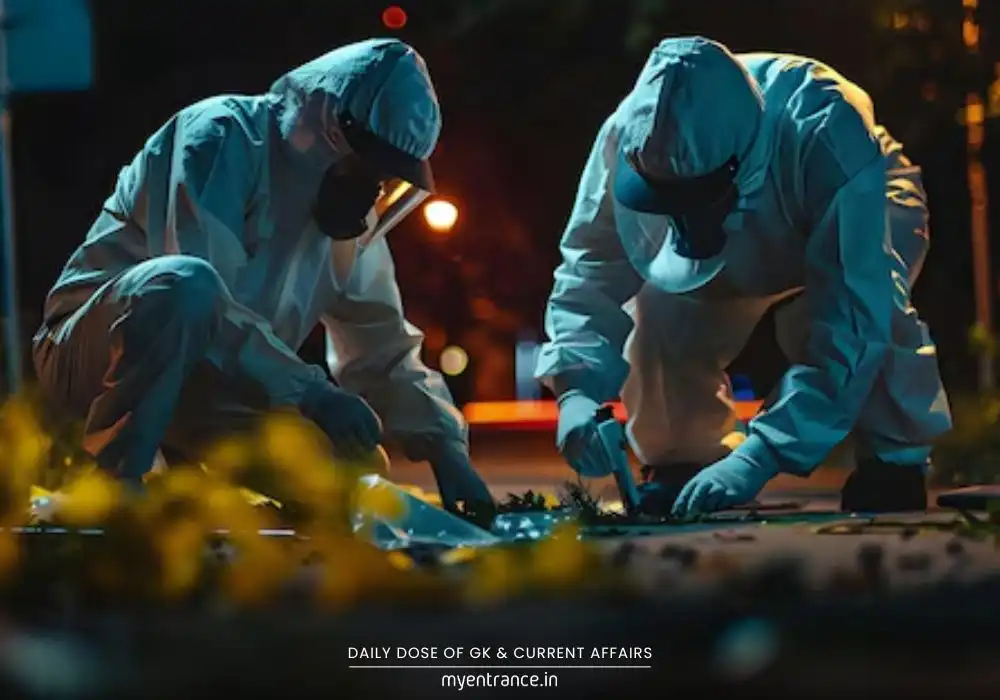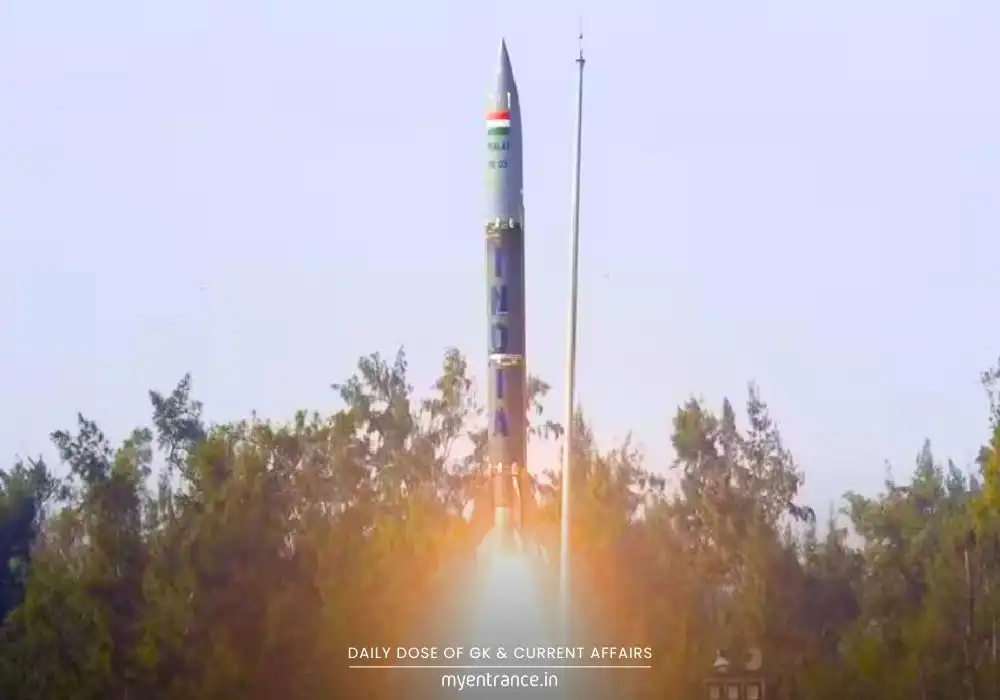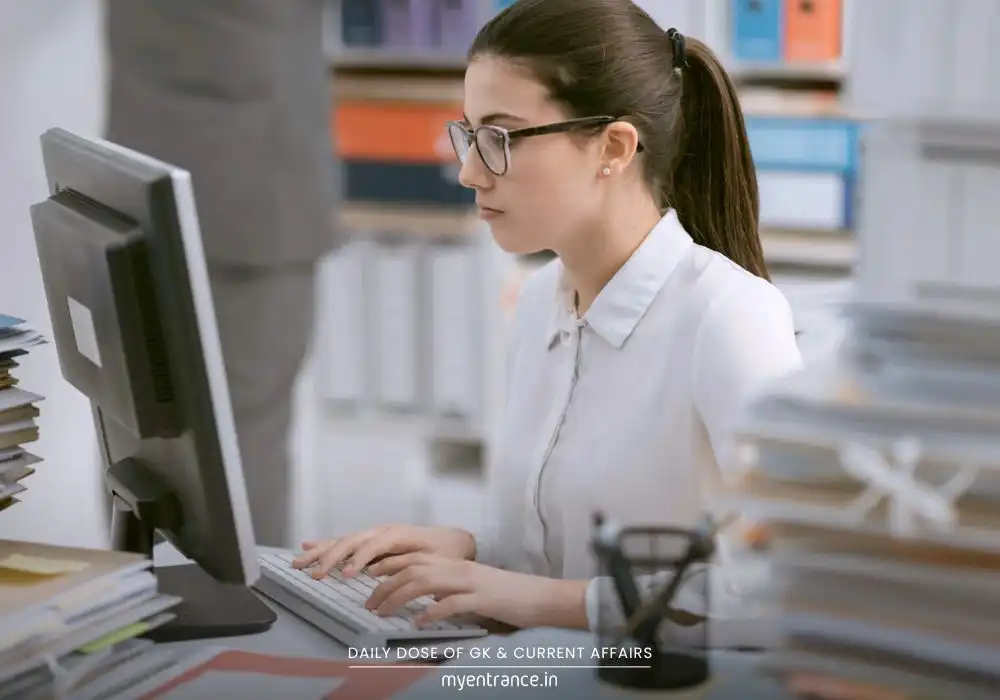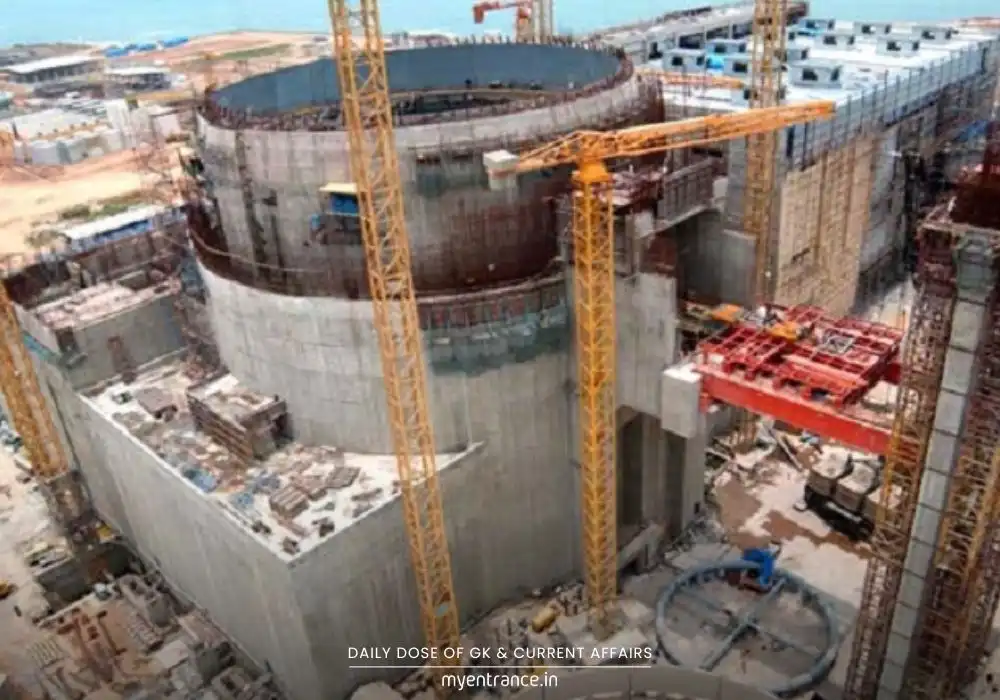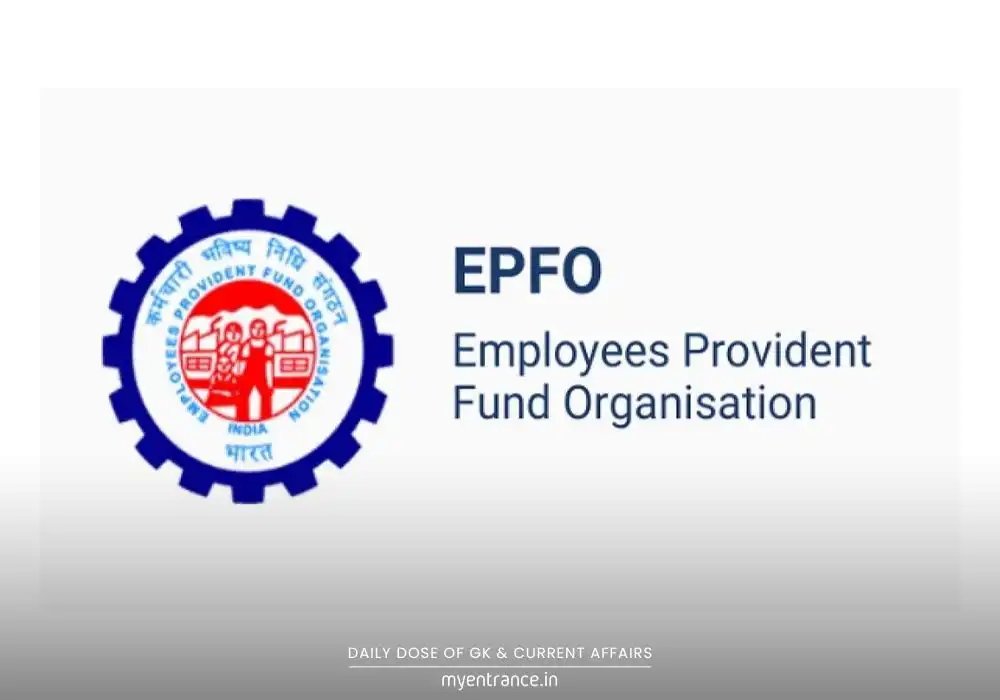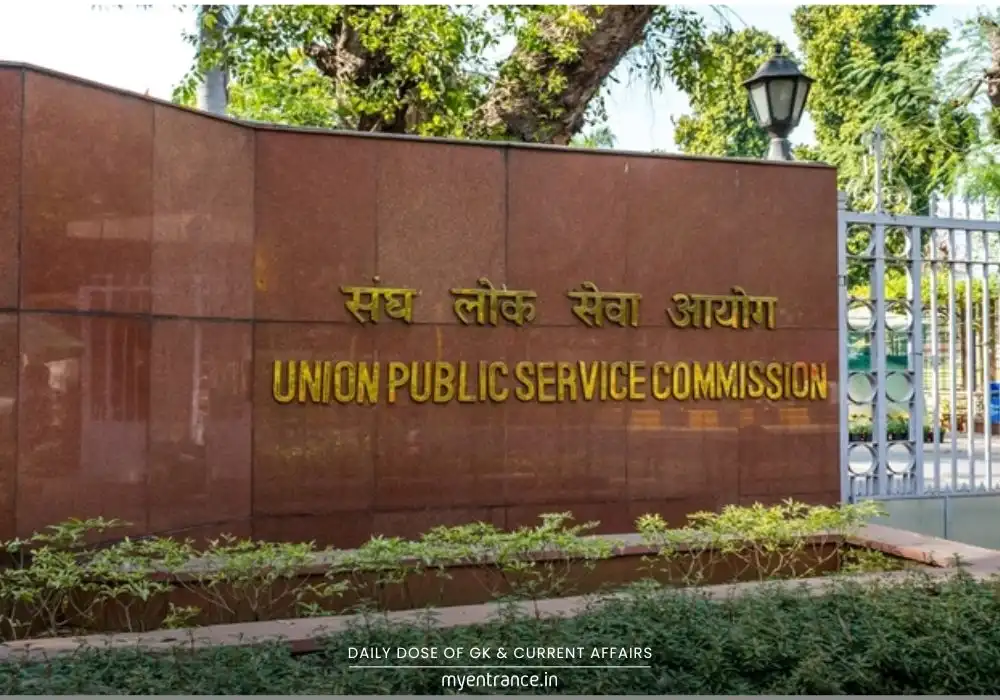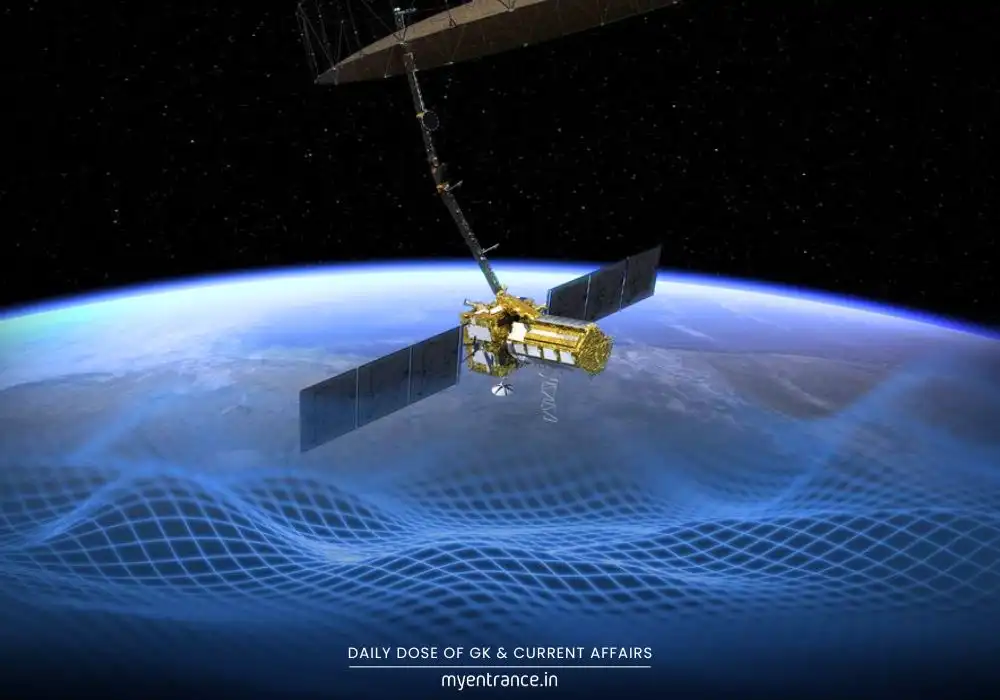Select Language
How Did Tripura Become “Fully Literate”? Decoding India’s Literacy Milestones
India’s literacy landscape is witnessing exciting shifts, with Tripura recently joining Mizoram, Goa, and Ladakh as “fully literate” states. Understanding this achievement, the policies behind it, and its implications is vital for competitive exam aspirants tackling social issues and governance topics.
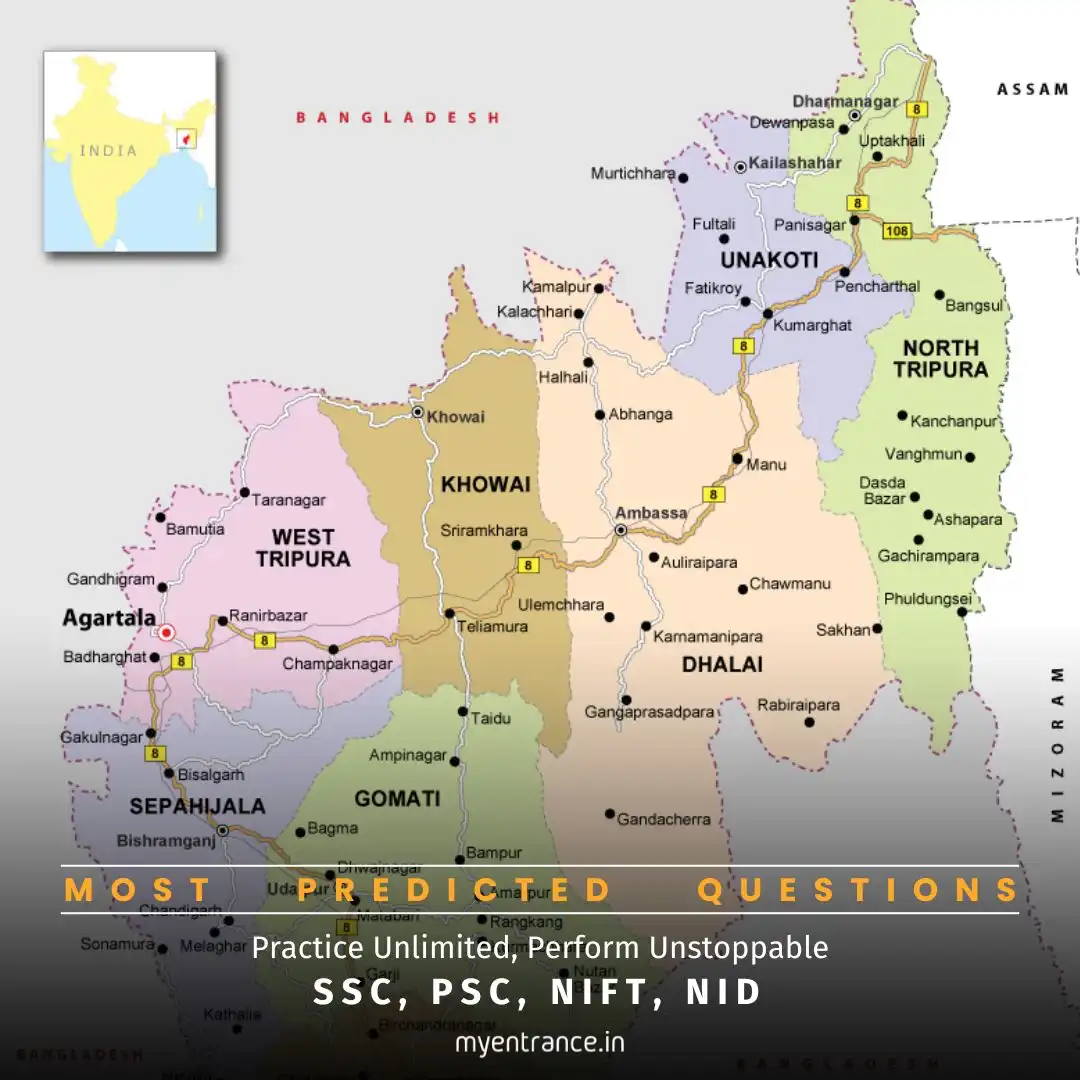
India’s journey from a 14% literacy rate at independence has been remarkable. By 2022-24, the national average reached approximately 80.9%. However, this figure masks significant regional disparities. States like Mizoram (98.2%), Goa (99.72%), and now Tripura (95.6%) have soared ahead, proudly declaring “full literacy.” Conversely, states like Andhra Pradesh (72.6%) and Bihar (74.3%) still face substantial challenges.
So, what exactly qualifies a state as “fully literate”?
The Ministry of Education provided clarity under the ULLAS scheme. Being “literate” isn’t just about reading and writing. It includes:
The ability to understand, interpret, create, and compute.
Mastering critical life skills like digital and financial literacy.
A state or UT achieving 95% literacy among its population (typically aged 15+) is considered “fully literate.” This ambitious target aligns with both India’s National Education Policy (NEP) 2020 and the UN’s Sustainable Development Goals for 2030.
Driving this change: The ULLAS Scheme
The “Understanding Lifelong Learning for All in Society” (ULLAS) or Nav Bharat Saksharta Karyakram is the engine behind recent literacy leaps. This centrally sponsored scheme (2022-2027) targets 5 crore non-literate individuals aged 15+, focusing on:
Foundational Literacy & Numeracy: Basic reading, writing, and arithmetic.
Critical Life Skills: Essential digital and financial know-how.
Basic Education: Building core knowledge.
Vocational Skills: Enhancing employability.
Continuing Education: Promoting lifelong learning.
ULLAS uniquely leverages volunteerism (Kartvya Bodh spirit). Volunteers – often school/college students or community members – teach identified learners, using NCERT materials available in local languages and a dedicated mobile app (usable offline too). It’s the latest chapter in India’s long history of adult education programs, succeeding efforts like Saakshar Bharat.
India’s Broader Education Policy Push
ULLAS works alongside other key initiatives boosting literacy and education:
Right to Education (RTE) Act (2009): Guarantees free, compulsory education for children aged 6-14, setting minimum school standards.
National Education Policy (NEP) 2020: A transformative vision emphasizing foundational literacy, multilingualism, vocational skills, tech-enabled learning, and holistic development.
Samagra Shiksha Abhiyan: Integrates efforts from pre-school to Class 12, combining Sarva Shiksha Abhiyan (SSA), RMSA, and Teacher Education.
PM SHRI Schools: Upgrading 14,500 schools as NEP 2020 model institutions.
Digital Initiatives (DIKSHA): Providing digital learning resources nationwide.
Beti Bachao, Beti Padhao: Promoting girls’ education to bridge gender gaps.
Challenges on the Path to 100% Literacy
Despite progress, significant hurdles remain:
Persistent Disparities: Stark contrasts exist between states, urban/rural areas, genders, and socio-economic groups.
Quality vs. Quantity: Ensuring learning outcomes match enrollment figures is critical.
High Dropout Rates: Poverty, child labor, and inadequate infrastructure force many children out of school.
Teacher Shortages & Training: The quality of education hinges on sufficient, well-trained, and motivated teachers.
Administrative Bottlenecks: Bureaucratic delays can slow effective policy rollout.
Why is this Topic Crucial for Your Exams (SSC, PSC, UPSC, NID, NIFT, etc.)?
High Relevance: Literacy and education are core topics in UPSC GS-I (Society), GS-II (Governance, Policies), Essays, and Ethics. SSC & PSC exams frequently test knowledge of government schemes and social indicators.
Current Affairs: Recent state declarations (Tripura, Mizoram, Goa) and schemes like ULLAS are hot topics.
Policy Analysis: Understanding schemes like ULLAS, NEP 2020, RTE, and their interlinkages demonstrates analytical ability.
Social Issues Insight: Discussing literacy disparities, challenges, and solutions showcases grasp of India’s developmental realities – vital for essay writing and interviews.
Interdisciplinary: Connects governance, social justice, human resources, and economic development – key themes across exams.
Sample Exam Questions & Answers:
Q: What benchmark qualifies a state/UT as “fully literate” according to recent Government of India guidelines?
A: The Ministry of Education defines a state/UT as “fully literate” if it achieves a literacy rate of 95% or above among its relevant population (typically aged 15+), under the ULLAS scheme framework.
Q: Name the five key components of the ULLAS (Nav Bharat Saksharta Karyakram) scheme.
A: ULLAS focuses on: (1) Foundational Literacy and Numeracy, (2) Critical Life Skills (e.g., digital, financial), (3) Basic Education, (4) Vocational Skills, and (5) Continuing Education.
Q: How does the ULLAS scheme primarily mobilize its teaching force?
A: ULLAS relies heavily on volunteerism. Volunteers, including school students, higher education students, teacher trainees, and community members, are recruited to teach identified non-literate adults.
Q: Which two landmark policies are most directly linked to the goals of the ULLAS scheme?
A: ULLAS is explicitly aligned with the objectives of the National Education Policy (NEP) 2020 and contributes towards achieving the United Nations Sustainable Development Goal (SDG 4) related to quality education and lifelong learning by 2030.
Q: Despite rising literacy rates, name two major persistent challenges in achieving equitable and quality education in India.
A: Two significant challenges are: (1) Persistent socio-economic, regional, and gender disparities in access and quality, and (2) Ensuring meaningful learning outcomes and skill development alongside increased enrollment figures.
Get 3 Months Free Access for SSC, PSC, NIFT & NID
Boost your exam prep!
Use offer code WELCOME28 to get 3 months free subscription. Start preparing today!
